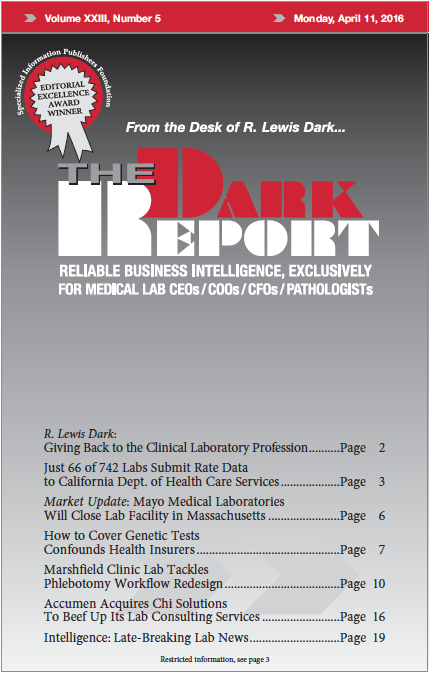This is an excerpt from a 1,400-word article in the April 11 issue of THE DARK REPORT. Full details of the California program are included in the original article, available to paid members. CEO SUMMARY: Evidence from California shows that national lab test price reporting, required for CMS to set rates for the Medicare Clinical Lab Fee …
CMS Update Plans for Medicare Clinical Lab Fee Schedule Could Be in Trouble Read More »
To access this post, you must purchase The Dark Report.


